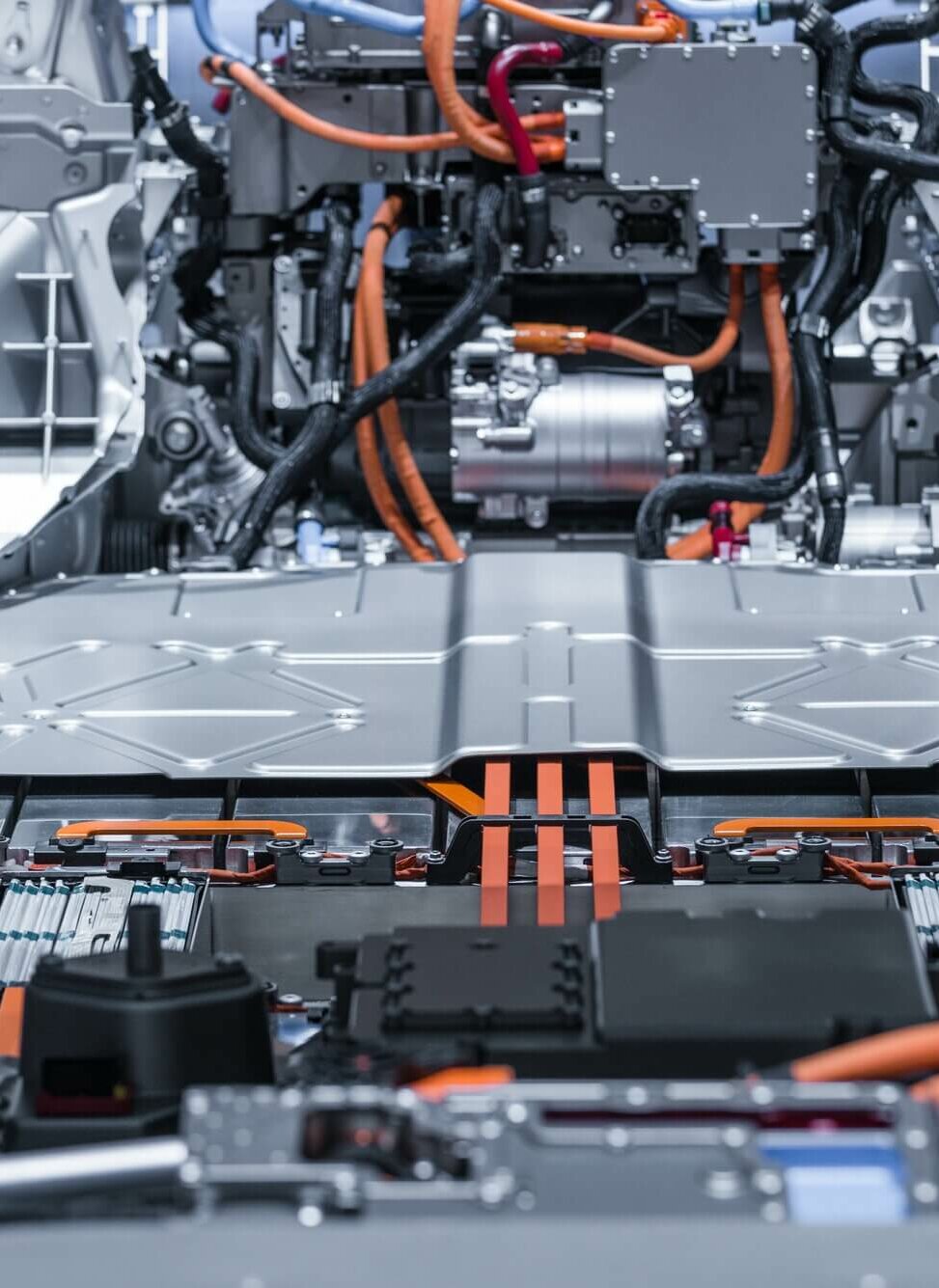 In the world of electric vehicles (EVs), innovation doesn’t just stop at battery technology or sleek designs. It’s also about the unseen, yet critical, shifts in how vehicles manage and utilize power. Enter the 48V electrical architecture—a game-changer that’s setting the stage for a new era in the automotive industry. But why is 48V such a pivotal shift, especially when compared to the traditional 12V systems? Let’s delve into this electrifying transition, its implications for the EV industry, and how it marks a significant leap towards more efficient, powerful, and eco-friendly vehicles.
In the world of electric vehicles (EVs), innovation doesn’t just stop at battery technology or sleek designs. It’s also about the unseen, yet critical, shifts in how vehicles manage and utilize power. Enter the 48V electrical architecture—a game-changer that’s setting the stage for a new era in the automotive industry. But why is 48V such a pivotal shift, especially when compared to the traditional 12V systems? Let’s delve into this electrifying transition, its implications for the EV industry, and how it marks a significant leap towards more efficient, powerful, and eco-friendly vehicles.
A Glimpse into the Past: The Limitations of 12V Systems
For decades, the 12V electrical system has been the backbone of automotive electrical architectures, powering everything from headlights to ignition systems. However, as vehicles evolved to incorporate more sophisticated electronics, the limitations of 12V systems became increasingly apparent. The burgeoning demand for power led to complex, bulky wiring harnesses and inefficiencies that the industry could no longer overlook.
The 48V Revolution: Powering the Future with Efficiency and Innovation
The shift to 48V architecture is not merely a technical upgrade; it’s a transformative approach that redefines vehicle power management. By quadrupling the voltage from 12V to 48V, this innovative system can deliver more power with significantly less current. This leap has profound implications:
- Reduced Wiring Complexity: With higher voltage, 48V systems can use thinner gauge wires, slashing weight and reducing copper usage dramatically. This simplification leads to a lighter, more efficient vehicle, contributing to improved performance and reduced environmental impact.
- Enhanced Electrical Efficiency: The 48V system effortlessly supports the increasing electrical demands of modern vehicles, from advanced driver-assistance systems (ADAS) to infotainment. This efficiency is vital for EVs, where every watt saved translates to extended range and improved sustainability.
- Innovative Mild-Hybrid Opportunities: 48V architectures are at the heart of mild-hybrid electric vehicles (MHEVs), offering a pragmatic step towards full electrification. By recovering energy during braking and supporting start-stop technology, MHEVs significantly reduce fuel consumption and CO2 emissions, bridging the gap to pure electric driving.
Overcoming Challenges: The Path to Widespread Adoption
Despite its clear advantages, the transition to 48V is not without its hurdles. The need for a new ecosystem of 48V-compatible components and the initial cost implications pose challenges. However, the industry is moving swiftly to address these, driven by the potential for substantial efficiency gains and emissions reductions.
Tesla’s strategic decision to share its 48V architecture underscores the collaborative spirit required to overcome these obstacles. By fostering a shared technological foundation, Tesla is not just aiding its own cause but is catalyzing industry-wide innovation, reducing costs, and encouraging the development of a standardized 48V ecosystem.
Beyond Efficiency: The Impact on Design and Performance
The adoption of 48V systems opens up new horizons for vehicle design and functionality. Designers now have the flexibility to reimagine vehicle layouts without the constraints of bulky wiring harnesses. Furthermore, the enhanced power capacity of 48V systems supports more powerful electric motors, enabling smoother, faster acceleration and enriching the driving experience.
The Future Electrified: A World Powered by 48V
As we stand on the brink of a new age in automotive history, the shift to 48V architecture embodies the spirit of innovation that drives the EV industry forward. This leap is not just about enhancing efficiency or reducing emissions; it’s about rethinking what vehicles can be and how they integrate into our sustainable future.
In conclusion, the 48V revolution is much more than a technical specification—it’s a symbol of the automotive industry’s commitment to innovation, sustainability, and a better world for future generations. As we embrace this change, the journey of electric mobility continues to unfold, promising a future where vehicles are not only cleaner and more efficient but also smarter and more connected than ever before

